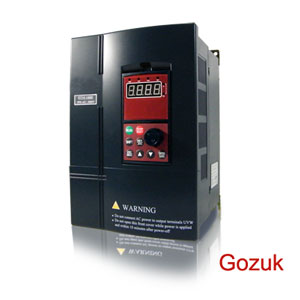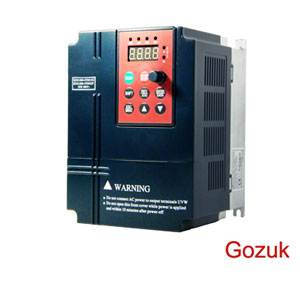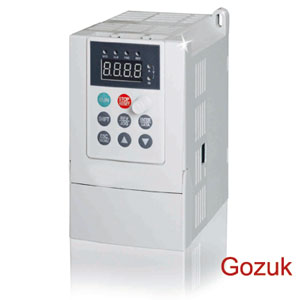The VFD provides metering parameters. These can be integrated with protection, display, and fault functions. Most VFDs have displays that are built into the face of the VFD. The technician can use the display on the face of the VFD to observe the amount of input voltage, the amount of current, the frequency, the temperature, the output voltage, and the last fault that was recorded.
Advanced setup parameters include the type of braking the VFD will use. The choice for this parameter is no braking (coasting to a stop) or braking, and the amount of braking voltage and the amount of time the braking voltage should be applied are determined. Another advanced setup parameter is called DC boost voltage, which is DC voltage that can be applied with AC frequency during starting or at times when the motor needs more torque. The DC boost voltage makes the magnetic field in the motor stronger to reduce the amount of slip the motor has. This will allow the motor to provide additional power in applications where more starting torque is needed or when more torque is needed during specific loading conditions.
The VFD has a set of standard values to be used for the parameters. These parameters are called the default settings or factory settings. It is important to record the actual parameter settings if they are different from the factory settings, so that the proper settings can be put into the VFD if it's ever removed and replaced with a new one. The parameters provide a means to customize the VFD to any specific application. Some manufacturers provide software that can be used on a portable computer to save and load the parameters from a VFD. The parameters can also be saved and loaded from the PLC program, which means they can also be changed while the system is in operation to provide custom parameters for multiple recipes.
The VFD has the ability to test hundreds of points in its circuit boards for changes in voltage, current, frequency, and temperature. The present value of each of these variables at the input and output stages of the VFD can be compared against the value set into the parameter. If the value is exceeded, the VFD can indicate each occurrence with a fault code.

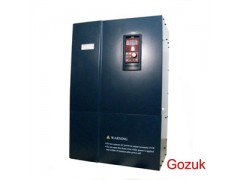
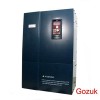

 Company
Company